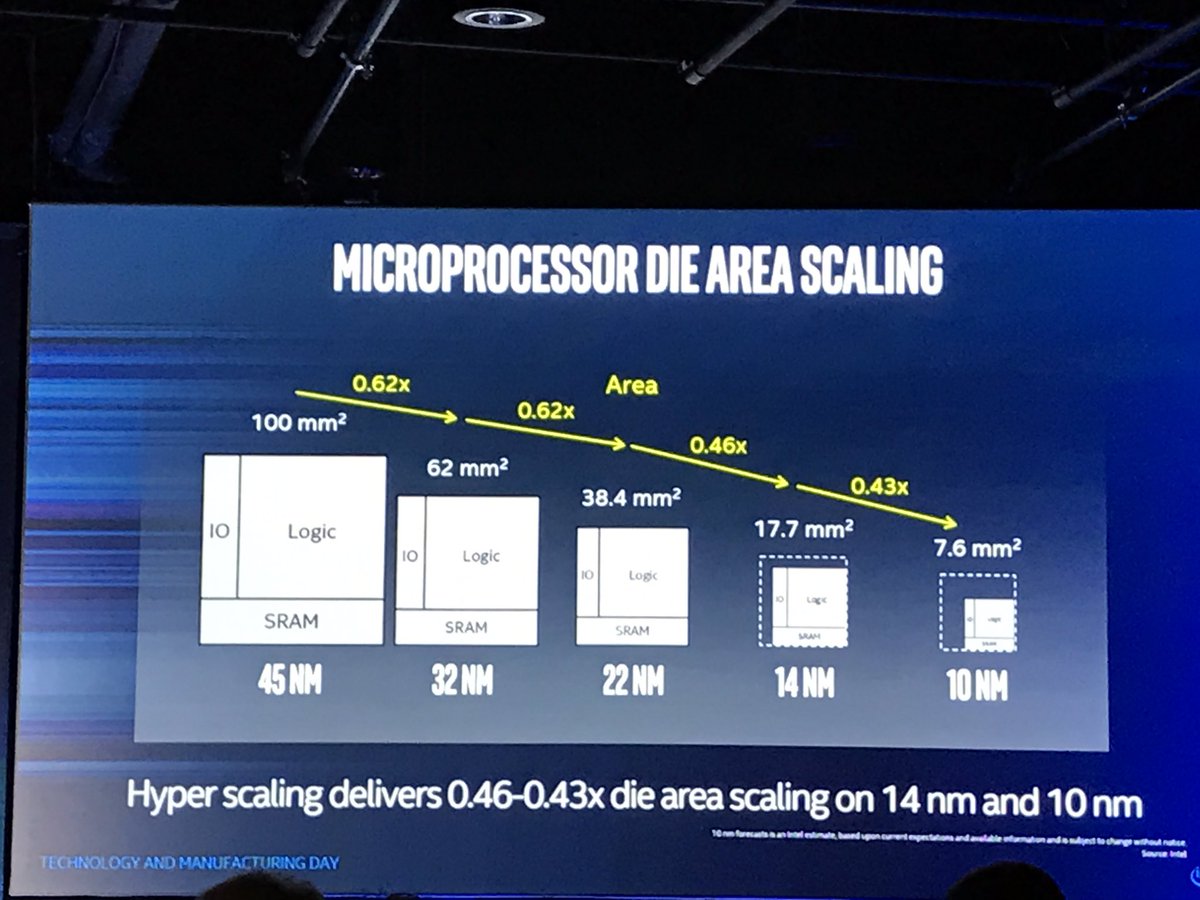VirtualLarry
No Lifer
- Aug 25, 2001
- 56,587
- 10,225
- 126
At this point, I think that it's safe to say that Optane is mostly hype and hot air. Unless you happen to be living in the 90s, and still use a mechanical HDD on your client systems. Then you might see an improvement.
Edit: It sure is slick marketing though, got to hand it to them.
Like their "Centrino" brand, that really meant nothing more than a combination of Intel CPU, chipset, and wireless card, if they can get PHB's onboard with making "Optane" a purchasing requirement, then they can be assured of selling a 7th-gen Core CPU, Intel 200-series chipset, and a vastly-overpriced 16/32GB caching SSD.
While us smarter enthusiasts laugh at Intel, and buy a REAL M.2 PCI-E SSD of 256/512GB for the same price, without the restrictions and limitations.
Edit: It sure is slick marketing though, got to hand it to them.
Like their "Centrino" brand, that really meant nothing more than a combination of Intel CPU, chipset, and wireless card, if they can get PHB's onboard with making "Optane" a purchasing requirement, then they can be assured of selling a 7th-gen Core CPU, Intel 200-series chipset, and a vastly-overpriced 16/32GB caching SSD.
While us smarter enthusiasts laugh at Intel, and buy a REAL M.2 PCI-E SSD of 256/512GB for the same price, without the restrictions and limitations.






